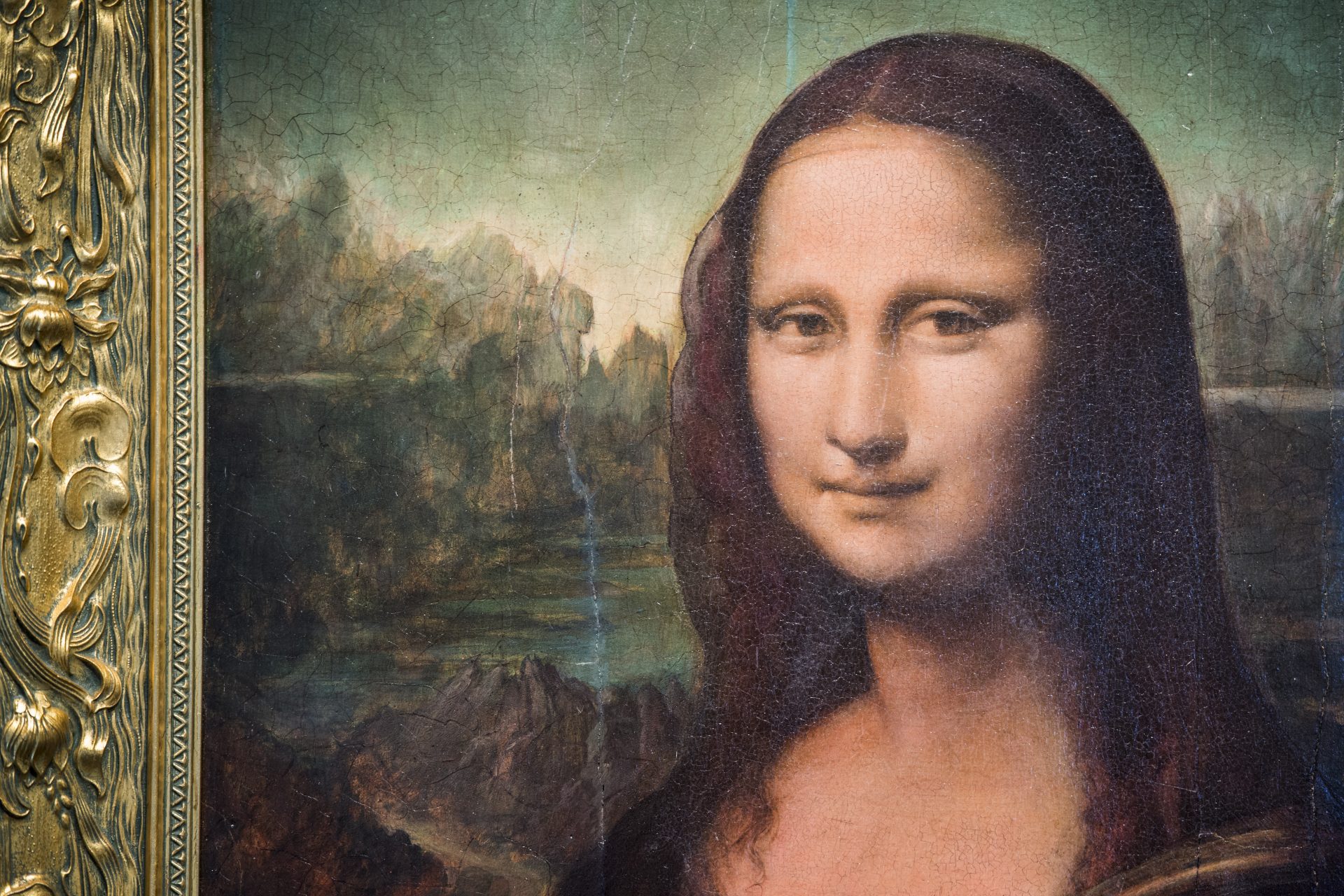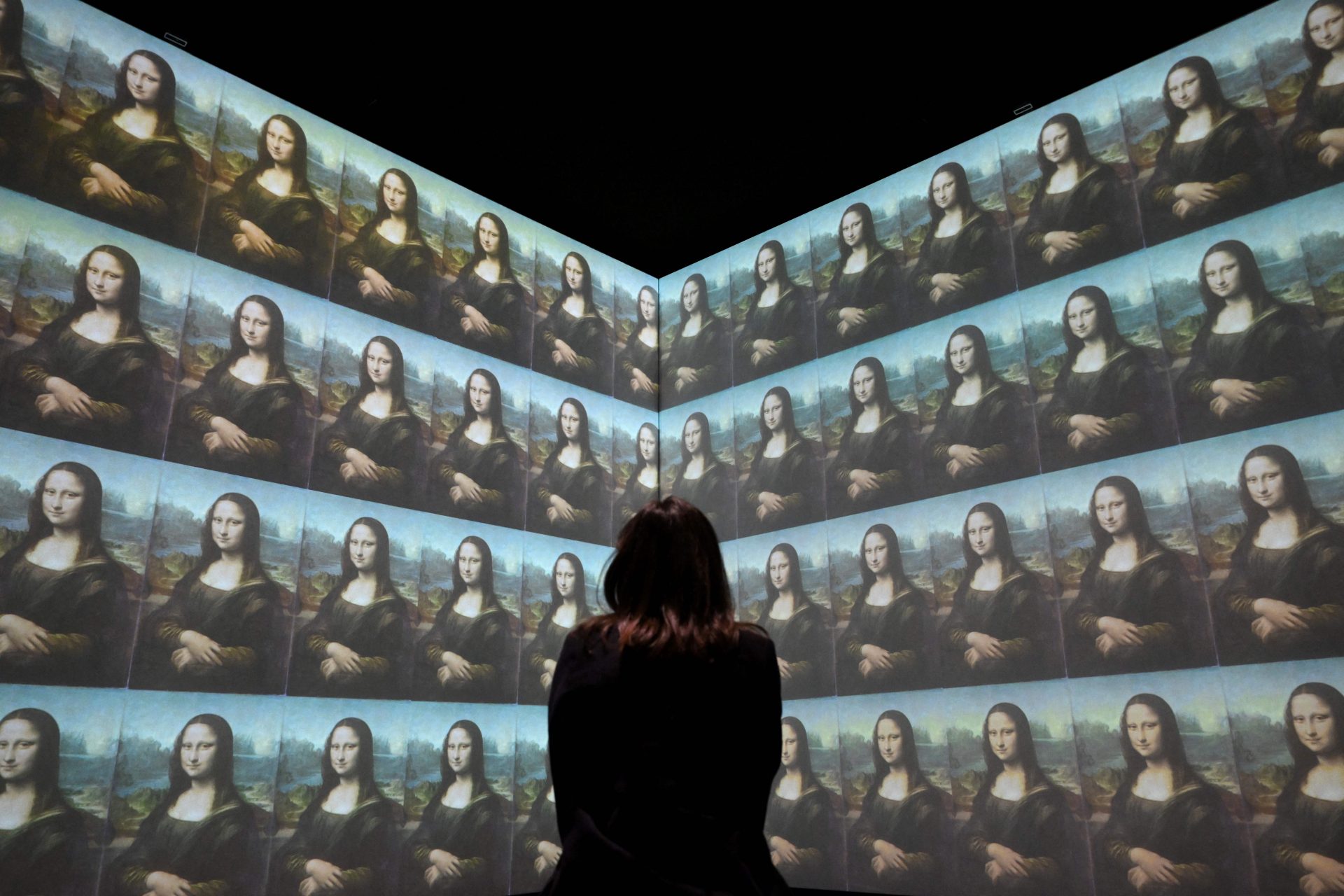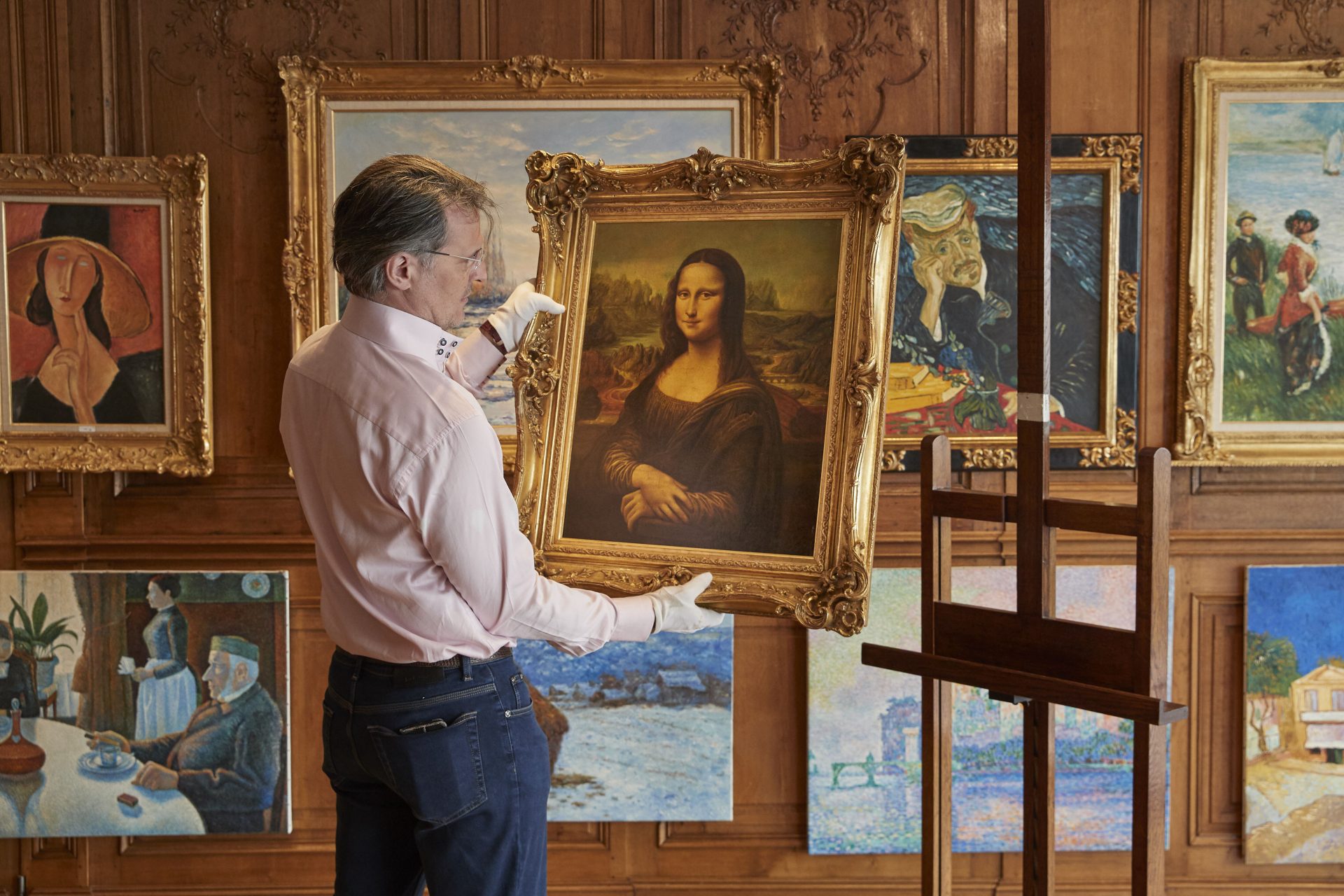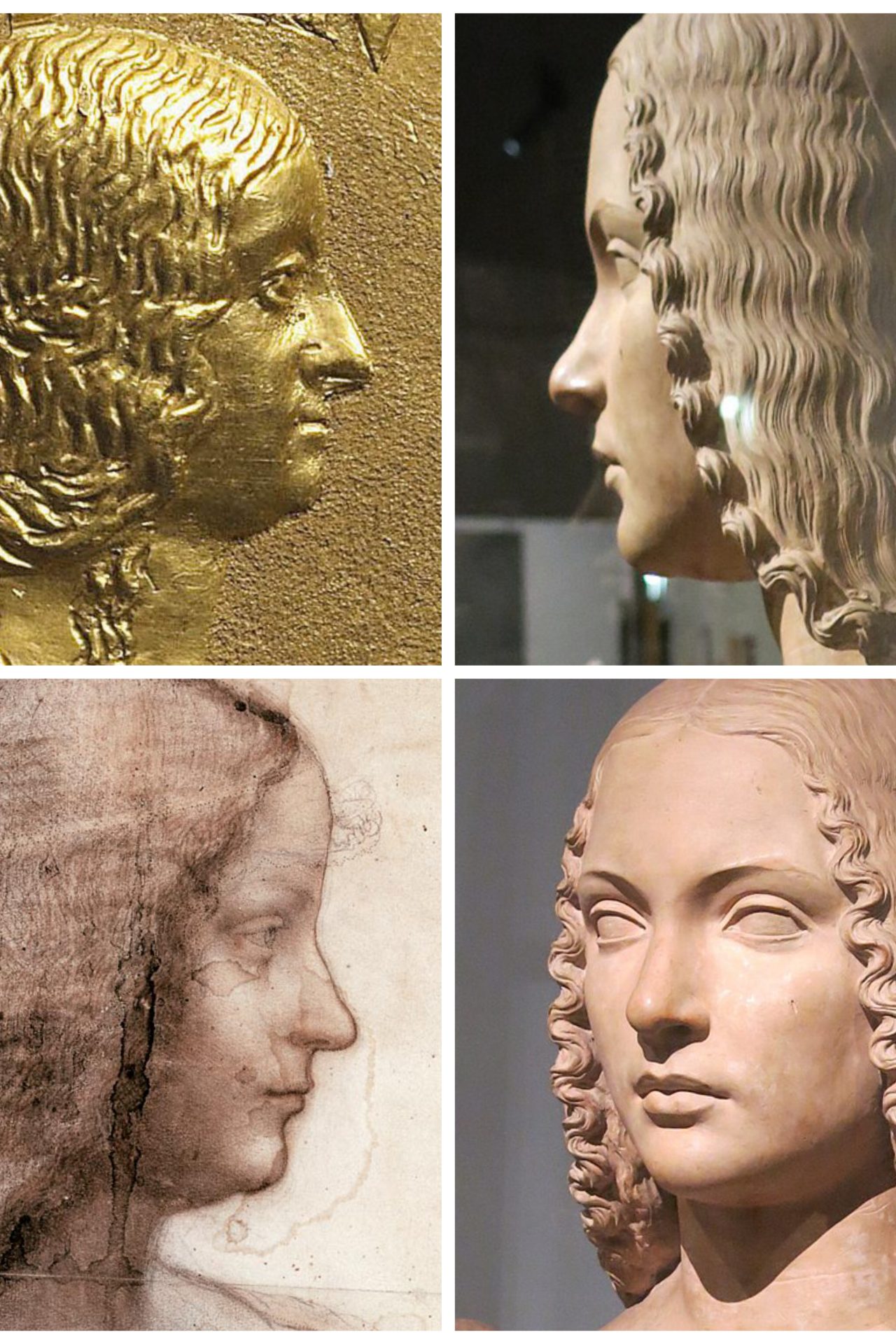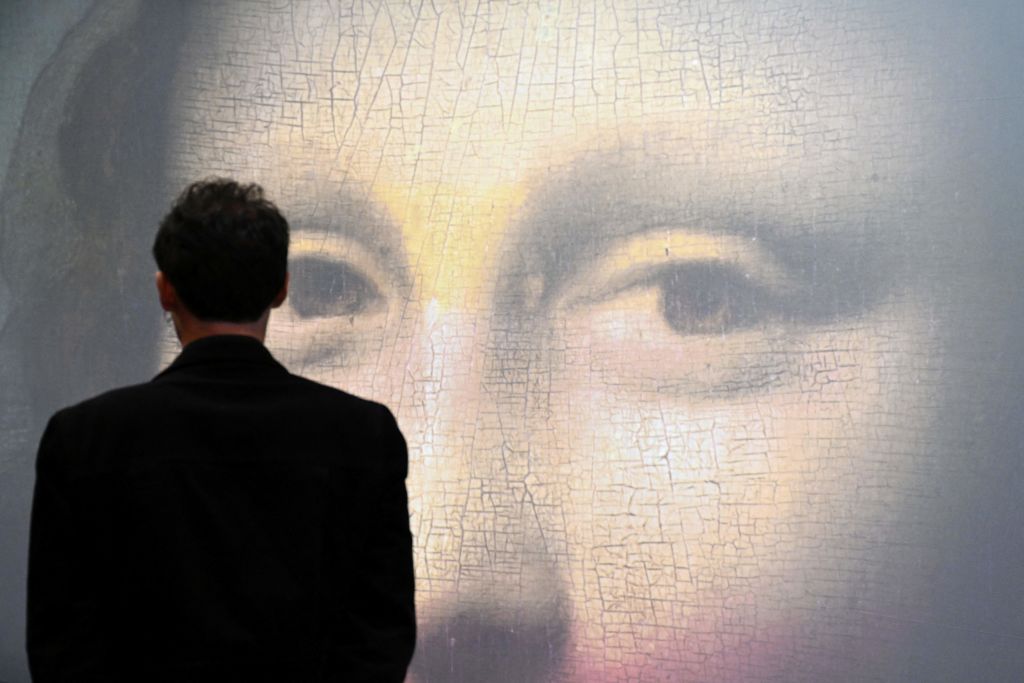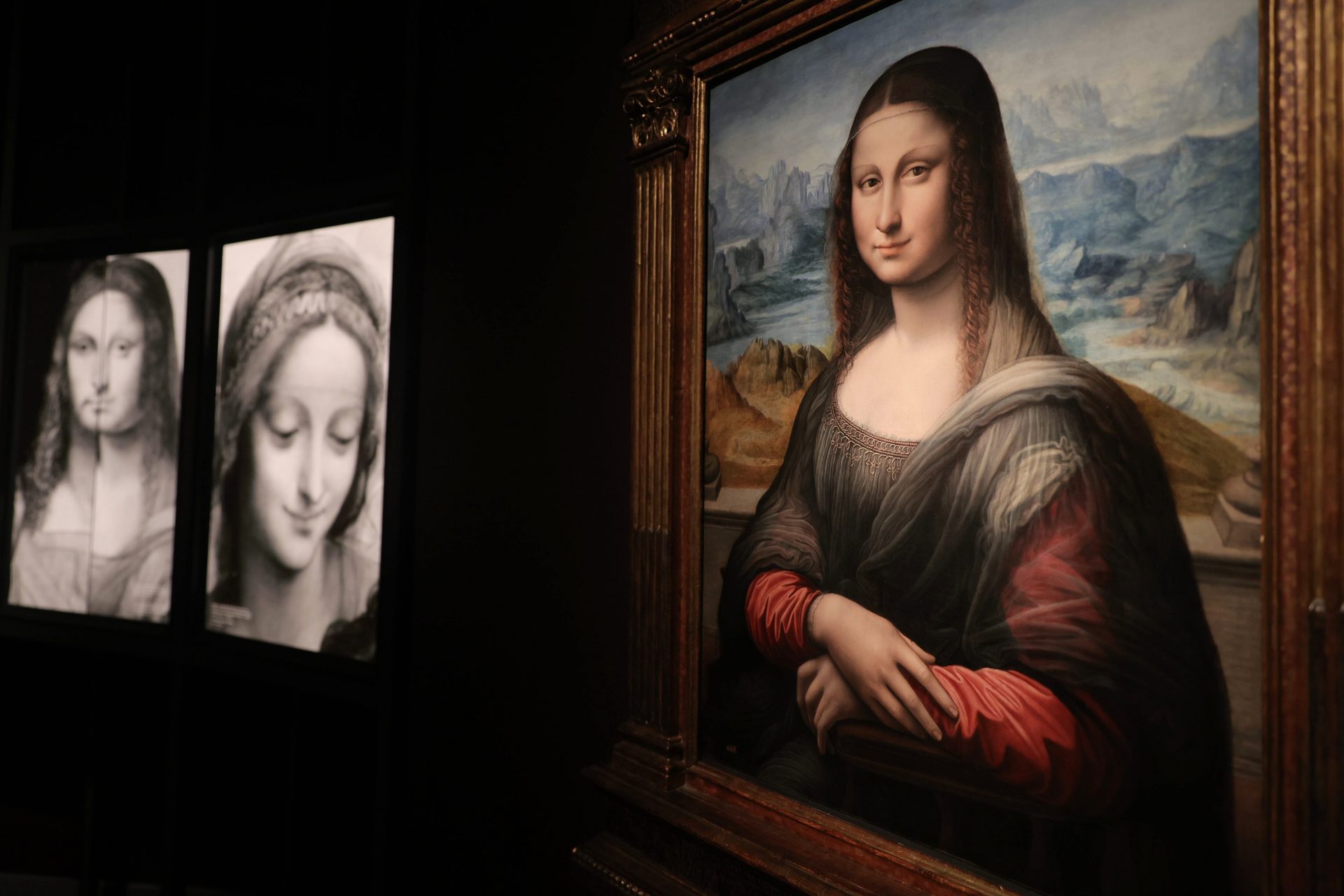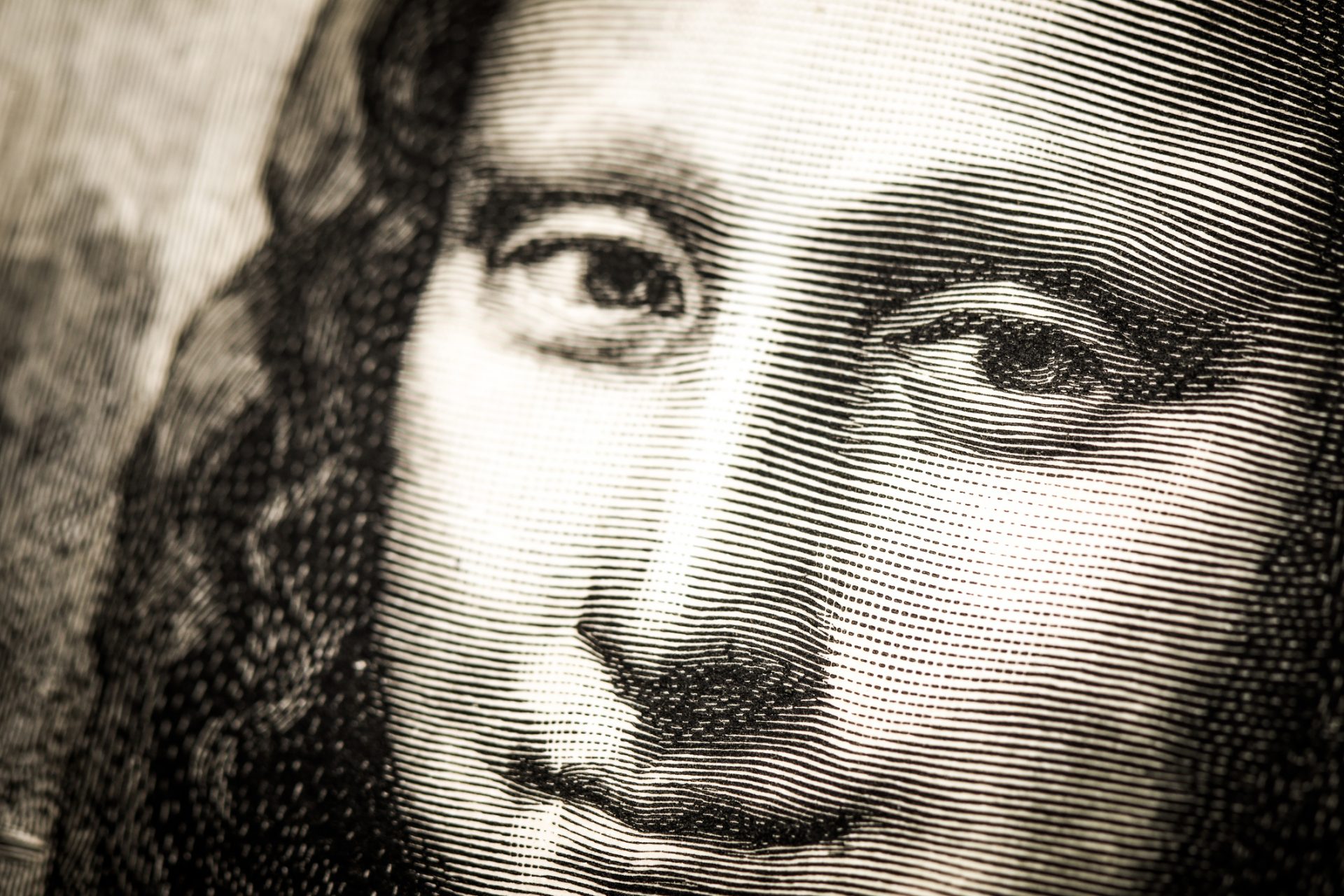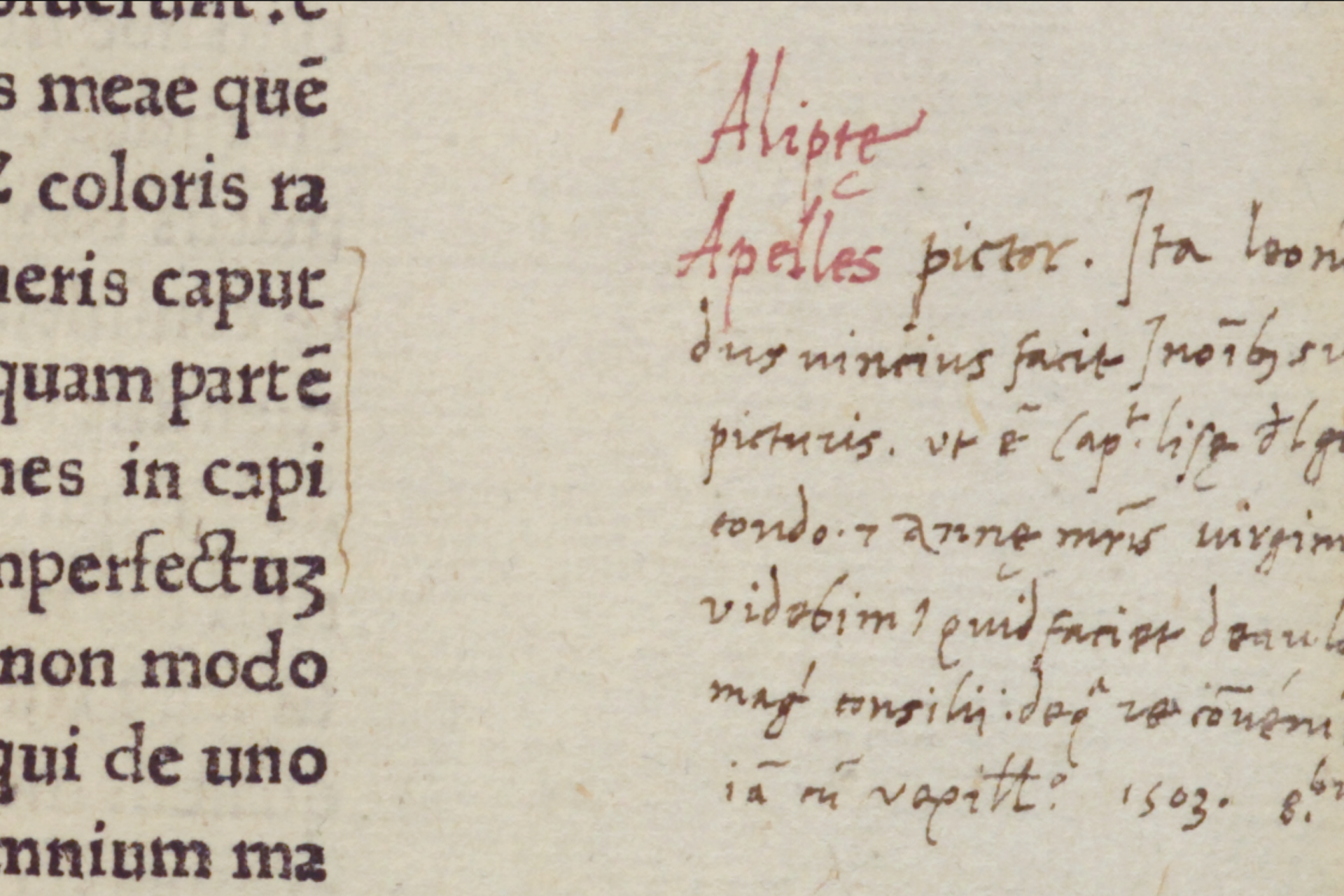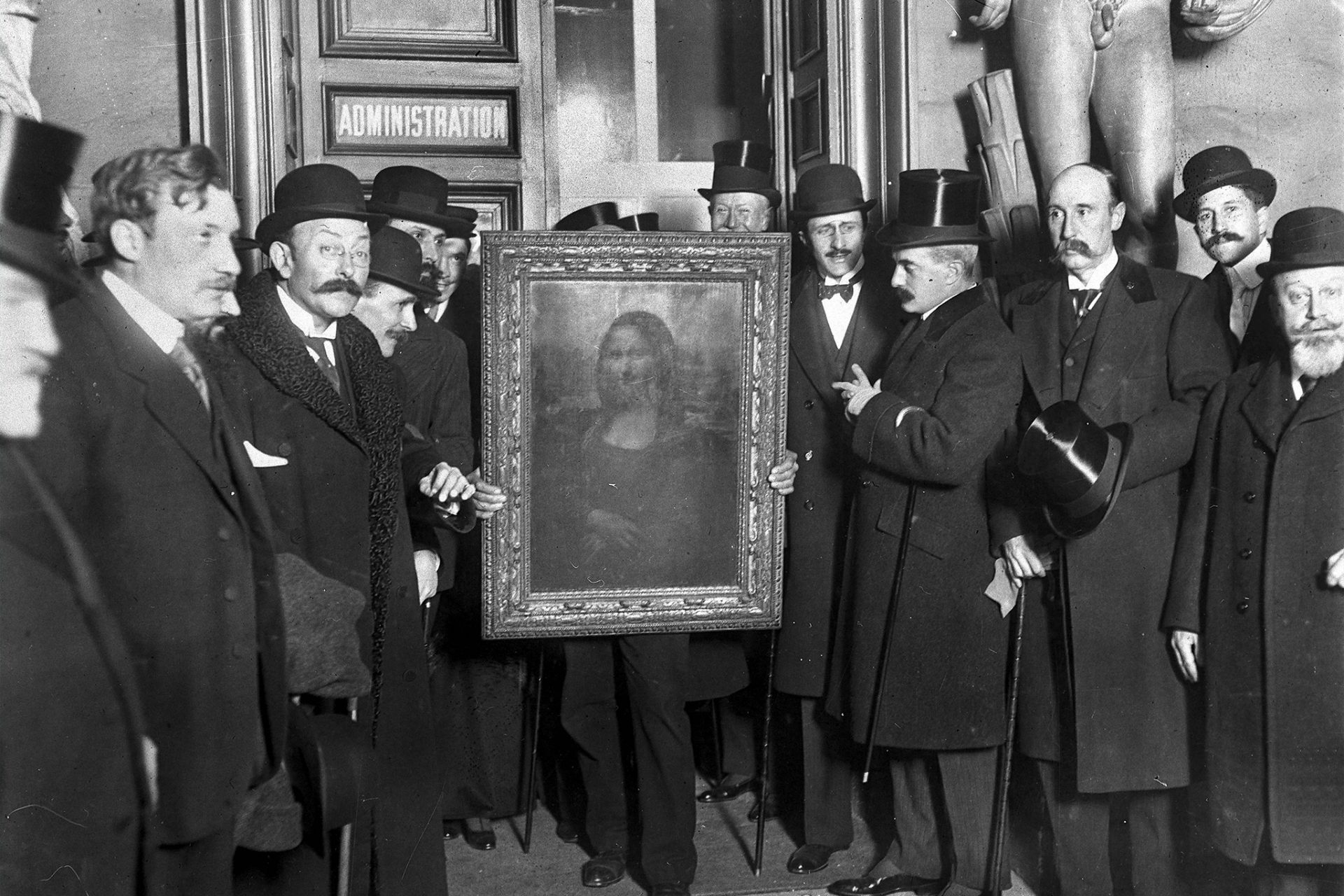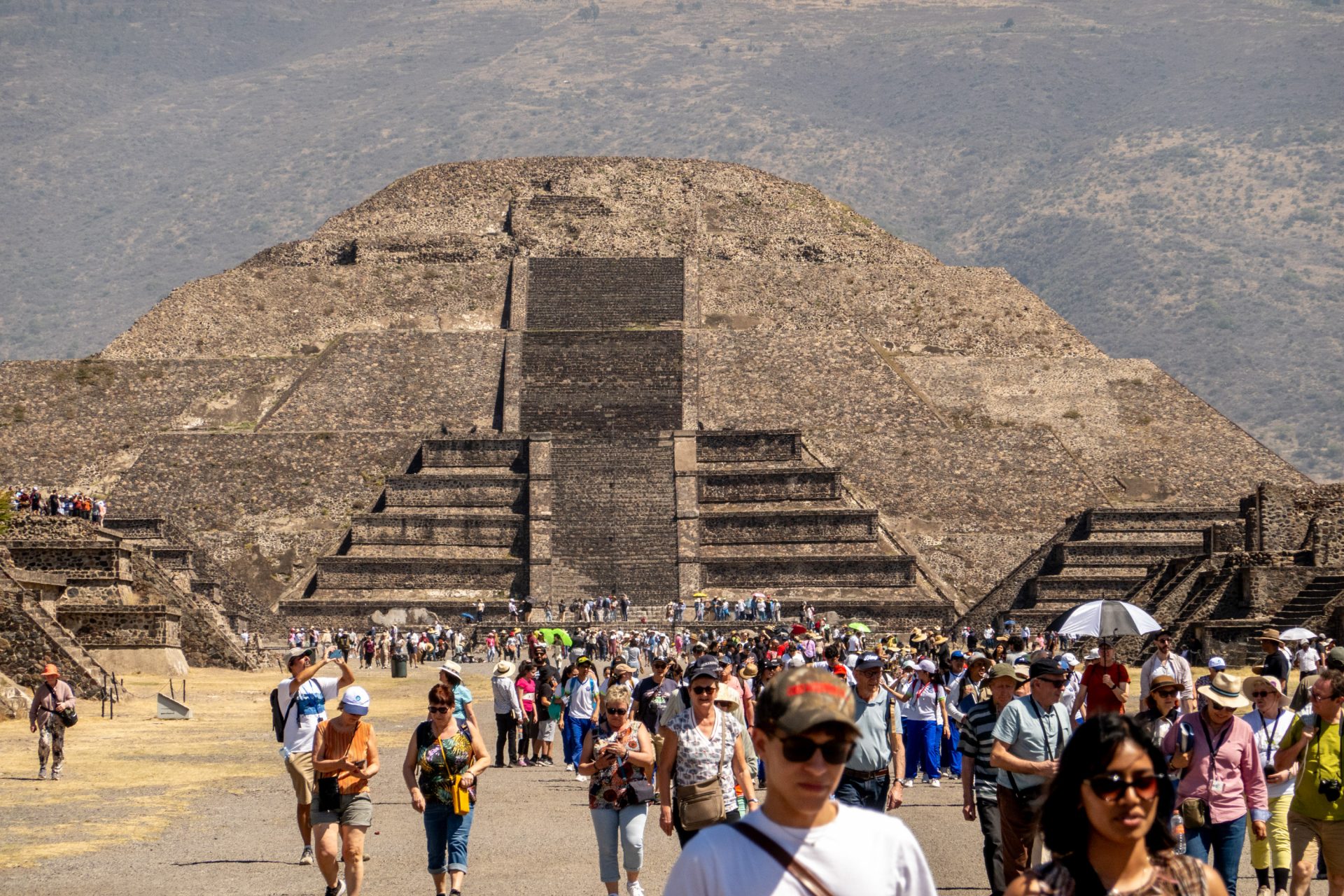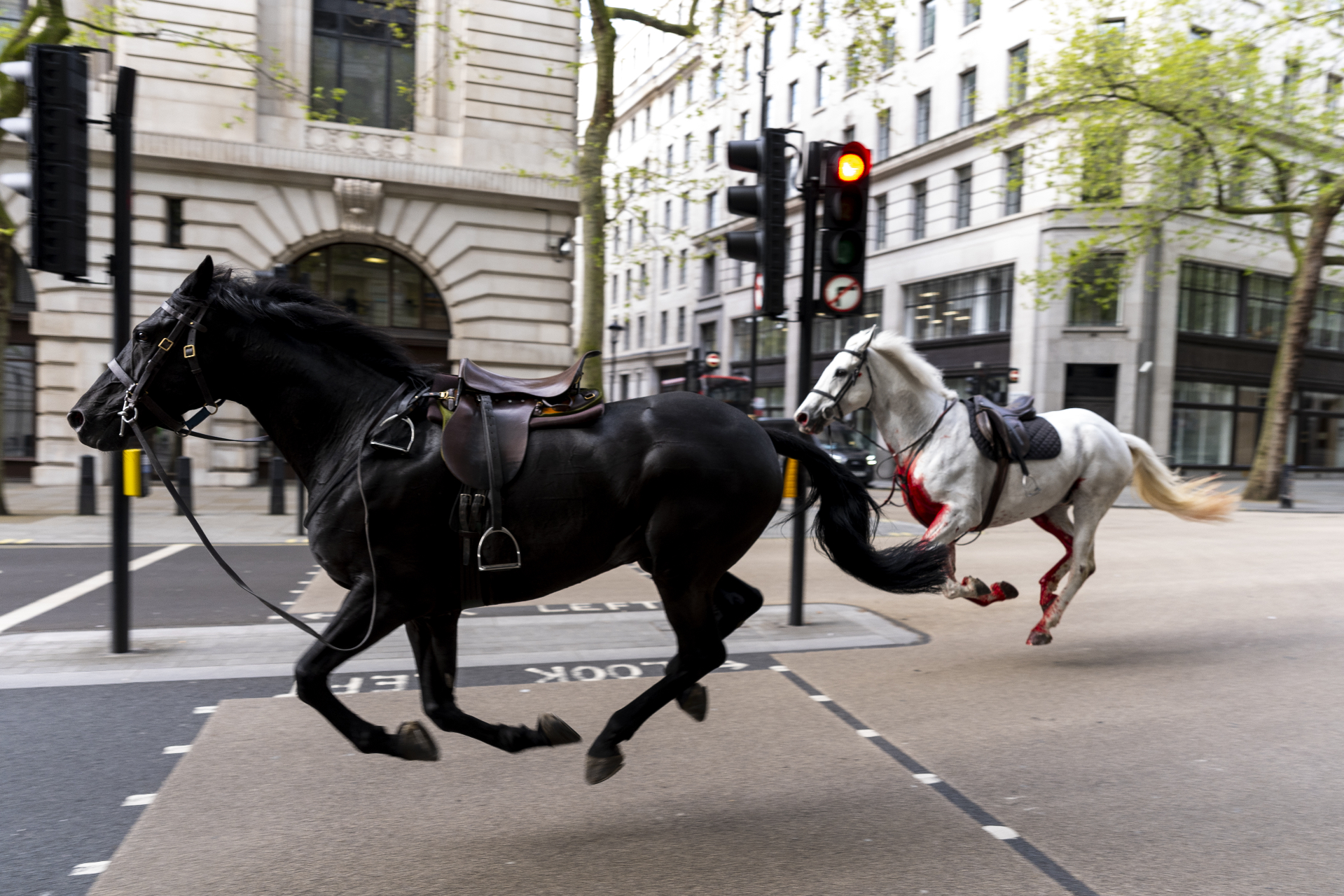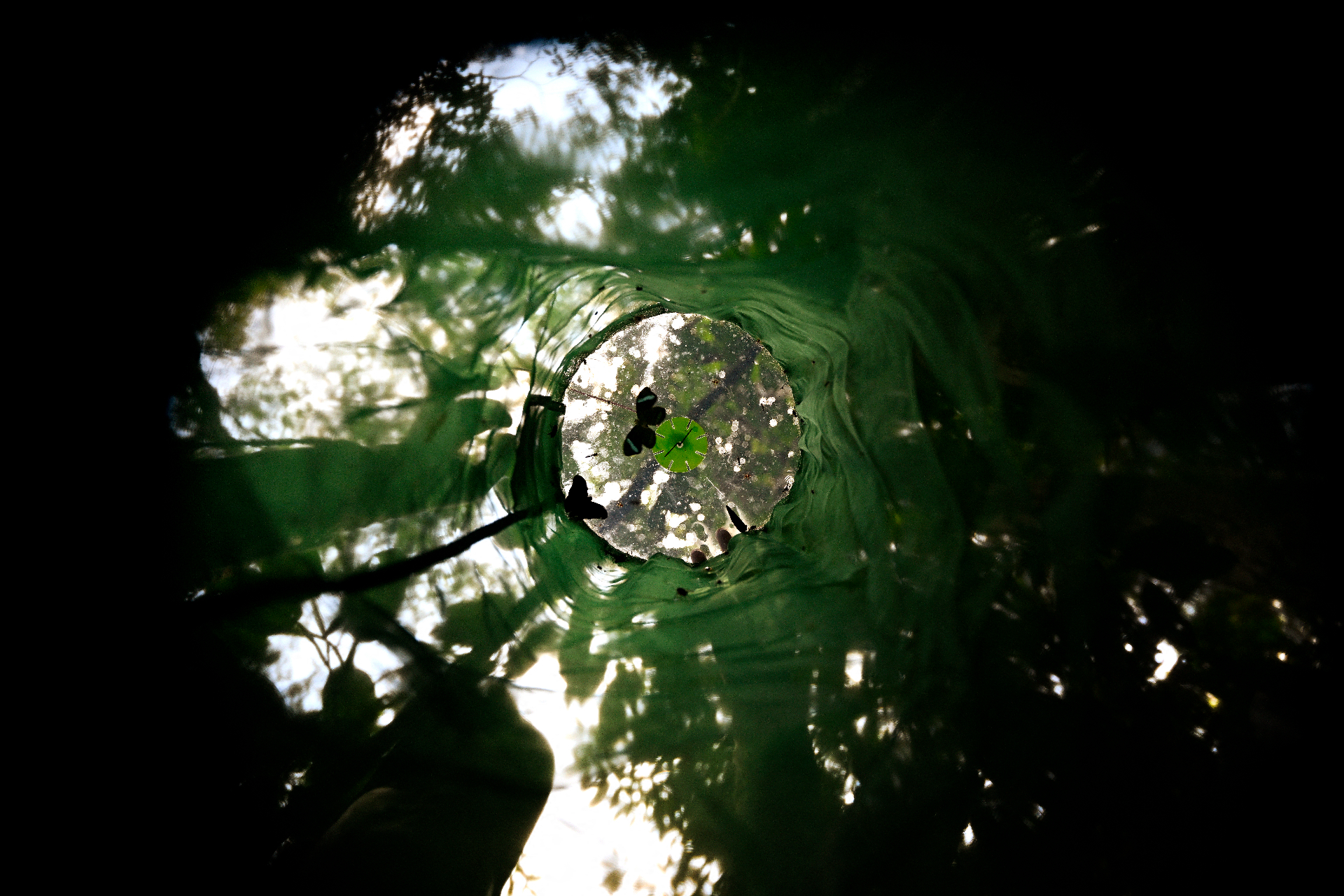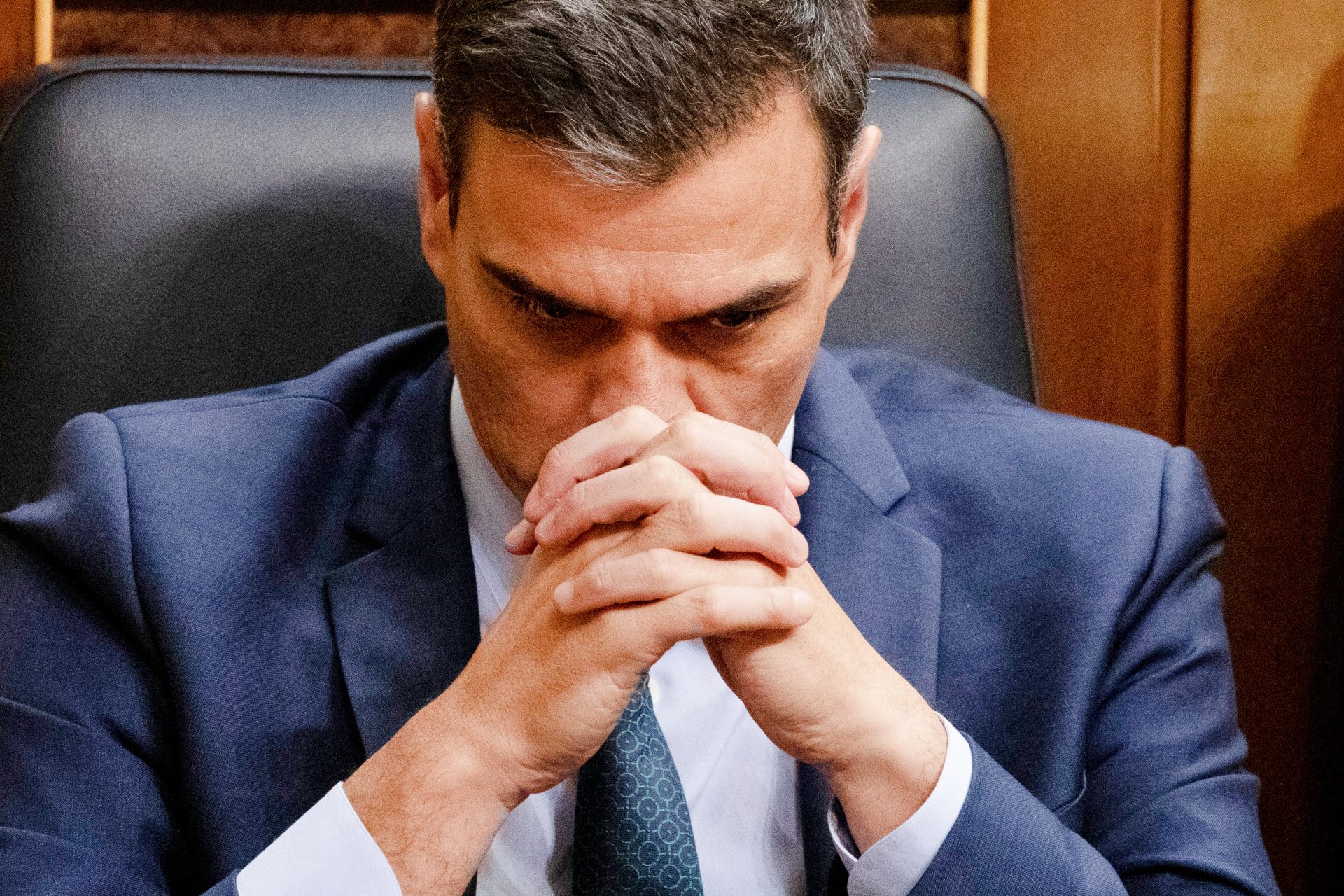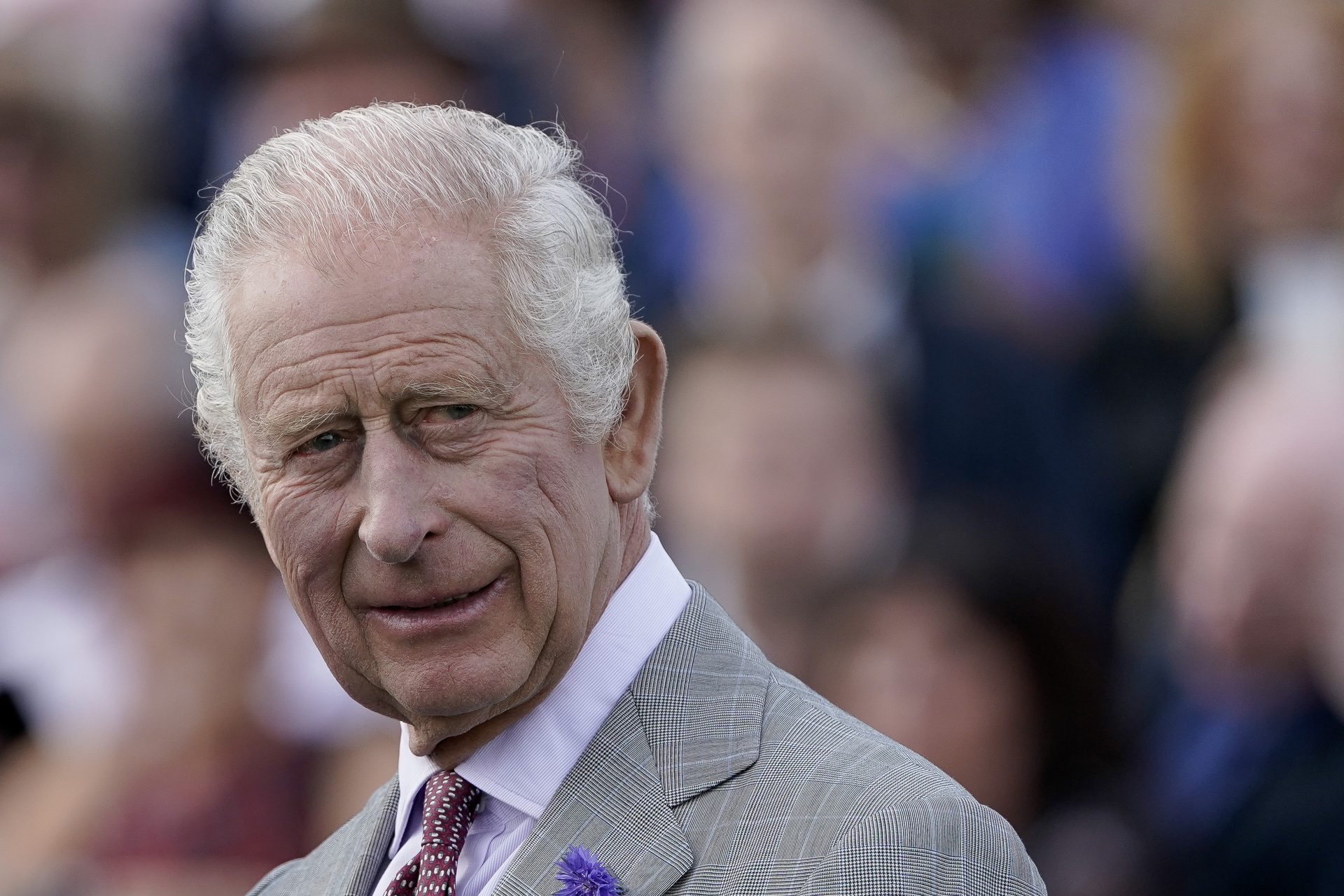The Mona Lisa is surrounded by a lot of weird mysteries and legends
Can you think of a painting more famous than Leonardo Di Vinci's Mona Lisa? This beauty from a bygone era is the pinnacle of Renaissance art in the modern world. But how much do you really know about this work?
Even if you think you know a lot about Mona Lisa. Separating what's real and what's false can be difficult after centuries of interest in this relatively mythological piece of artwork now hanging centerstage in the Louvre.
You might not actually believe some of the wilder mysteries and legends surrounding Da Vinci's masterpiece. Here are a few of the more weird and interesting facts about the Mona Lisa that you likely didn't know.
Up first is the model's identity. It's One of the biggest controversies about Da Vinci’s Mona Lisa is the model's identity.
Officially, the woman we see in the Louvre is thought to be the wife of Florentine merchant Francesco del Giocondo, Lisa del Giocondo. But this has come under speculation in recent years.
Over the past centuries, it has been proposed that the real woman in Da Vinci’s painting is actually Italian noblewoman Costanza d’Avalos, Princess of Altavilla.
Photo Credit: Wiki Commons By Pittore locale del periodo - Affresco nel convento di Sant'Antonio a Ischia
However, this myth seems to have fallen out of favor with the conspiracy art world in recent decades. Many amateur art critics point to another famous Italian of noble birth as the true Mona Lisa.
When it comes to possible alternatives for Da Vinci’s Mona Lisa, the only true contender these days is Isabella d’Este.
A patron of the arts in Italy in her time period, d’Este had a cordial relationship with Da Vinci and evidence of their friendly correspondence still exists.
Photo Credit: Wiki Commons By Beaest - Own work, CC BY-SA 4.0
But the real key piece of evidence is a sketch of d’Este done by Da Vinci that bears a striking resemblance to the Mona Lisa.
Photo Credit: Wiki Commons By Mitglied5 - Own work, CC BY-SA 3.0
Some amateur critics claim that the Mona Lisa isn’t a painting of a woman at all.
The former chairman of Italy’s National Committee for Cultural Heritage Silvano Vinceti has put forward research claiming that the Mona Lisa is actually a compilation of two figures.
One being Da Vinici’s twenty-year male apprentice, and possible lover, Gian Giacomo de Caprotti, better known to history as Salaì.
“We have used all the paintings in which Leonardo used Salaì as a model and compared them to the ’Mona Lisa’ and certain details correspond perfectly,” Vinceti said in an interview with the Telegraph, “so he used two models and added creative details which came from his own imagination.”
One of the other biggest mysteries of the Mona Lisa is the name of the bridge depicted just above her left shoulder.
While the landscape looks distinctive, art historians have never been able to trace the location of the bridge. The current theory is that the bridge is the Ponte Buriano in Tuscany. But this is highly debated.
In 2011 researcher Carla Glori proposed that the bridge in the painting is not the Ponte Buriano, but rather the Bobbio Bridge that spanned the river Trebbia. However, this claim is difficult to prove since the Bobbio Bridge was washed away by a flood in 1472.
One of the most interesting mysteries of the Mona Lisa comes again from Silvano Vinceti. In 2010, Vinceti claimed to have found a number of hidden letters faintly painted into Mona Lisa’s eyes.
These were the letters L and V in her right eye, Leonardo’s initials presumably, and the letters C, E, or B in her left eye. As fun as it may be to speculate about to whom the second pair of initials may have belonged, the Louvre museum has disputed Vincenti’s claims of hidden letters.
An interesting legend about the Mona Lisa that turned out to be true is that the woman in the painting seems higher on the right-hand side than on the left. This gives the appearance that Mona Lisa is taller and more erect when looking at the painting from right to left.
It’s an interesting historical tidbit, but it begs the question: why did an artist so obsessed with technical perfection include such imperfection in his masterpiece?
Unlike the puzzle of her taller appearance, the mystery of Mona Lisa’s bewitching smile may have an explanation. When viewing the painting, it appears as if the Mona Lisa’s smile changes, specifically when viewing her eyes.
In 2000, scientists at Harvard University suggested the reason for this elusive smile has to do with how peripheral vision works.
When looking into Mona Lisa’s eyes we view her smile through our peripheral vision, which can only be seen in black-and-white.
This makes the shadows at the corners of her mouth appear large when looking at her eyes, giving her smile a variability that appears lifelike.
History has rumored that Da Vinci spent four years working on his painting, and may have continued even after its completion. He took the painting with him wherever he went and he never signed or dated this work. Mona Lisa even went with Da Vinci to France towards the end of his life and after his death to his last collector, King Francois I of France.
This might be the biggest mystery of the Mona Lisa, is she an original? It has been suggested that Da Vinci painted a number of other versions of his famous masterpiece and the painting hanging in the halls of the Louvre may not be the real Mona Lisa.
There has always been a legend among art historians that Da Vinci painted two versions of the Mona Lisa. As early as 1584 the sixteenth-century painter and art theorist Giovanni Paolo Lomazzo claimed to have identified two distinct versions of Da Vinci’s work.
One of the main contenders for the true Mona Lisa may be the Isleworth Mona Lisa. This painting was hidden away in a Swiss bank vault for over 40 years and its existence was only recently reconfirmed when the Swiss Federal Institute of Technology unveiled the hidden work in 2012; It has been dated to Da Vinci’s period but there is little concrete evidence of its originality.
Another copy of the Mona Lisa hangs in the halls of Spain’s Museo del Prado. For decades this was considered an unimportant copy of Da Vinci’s work.
Following the Prado Mona Lisa's restoration in 2012, some art historians believe it was painted by Da Vinci. However, the museum's website still officially states that their work was a reproduction done by one of Da Vinci’s pupils.
The Vernon Mona Lisa was considered by most art historians to be the probable candidate for a second Da Vinci original. The painting appears to be of the same subject and in the same style as the Mona Lisa in the Louvre, and it was even once part of the museum's collection.
Unfortunately, the connection between the Vernon painting and Da Vinci has never been definitely proven. But it's still interesting to think that the piece could be an original!
Did Da Vinci paint Mona Lisa in the buff? There are also a number of versions of the Mona Lisa that depict the model in less-than-appropriate attire. One example includes "Monna Vanna" or "Gioconda nuda" which is currently attributed to Salaì. But it is not truly known who produced it, or when.
A once-popular legend about the Mona Lisa was that the painting was never finished because she was missing her eyebrows. But in 2007, French optical engineer Pascal Cotte discovered that the Mona Lisa was in fact originally painted with eyebrows. They had just faded away over time.
Another debunked myth about the Mona Lisa is that it was not a depiction of real women, but rather a self-portrait of Da Vinci himself!
The theory that the Mona Lisa is a self-portrait has largely been refuted since the discovery of a note by Florentine city official Agostino Vespucci in 2005 that seemed to prove Lisa del Giocondo was the subject of the Mona Lisa.
Photo Credit: Wiki Commons By Agostino Vespucci - ub.uni-heidelberg.de,
This popular myth makes the round on the internet from time to time and suggests that Vincenzo Peruggia, an Italian employee of the Louvre famous for the theft of the Mona Lisa in 1911, was actually working with Pablo Picasso and Guillaume Apollinaire.
Apollinaire and Picasso were known to dislike the art hung by the Louvre and Apollinaire had even protected a man who had stolen from the Louvre in the past—two of the stolen items were found in Picasso’s apartment.
Unfortunately, this myth probably isn't true, the Mona Lisa was stolen by Peruggia because he believed it belonged in Italy. But it is fun to imagine one of the twentieth-centuries greatest artists stealing the work of the fifteenth-centuries greatest artist.
Photo Credit: Wiki Commons By Roger-Violett Public Domain
More for you
Top Stories



